For many people, chronic stress and anxiety have become ubiquitous, creating a barrier between us and the profound truths that lie within. This disconnect not only affects our mental and emotional well-being but also hampers our ability to perceive and connect with the deeper aspects of our existence. In this blog, we will explore the impact of chronic stress and anxiety on our connection to the unified field and delve into two transformative practices—heart-brain coherence and Reduced Environmental Stimulus Therapy (REST)—that can guide us back to a more harmonious and truthful existence.
Impact of Chronic Stress on our Connection to the Unified Field.
The unified field is a concept that describes the interconnectedness of all aspects of existence, suggesting that everything in the universe is fundamentally linked. However, chronic stress and anxiety act as disruptive forces, creating a veil that obscures our perception of this unity. The constant stream of worries, pressures, and uncertainties bombards our minds, leading to a fragmented and distorted view of reality.
Chronic stress triggers the release of cortisol and adrenaline, chemicals that activate the body’s fight-or-flight response. While this response is crucial for survival in immediate threats, prolonged exposure to stress hormones can have detrimental effects on physical and mental health. It not only contributes to anxiety and mood disorders but also interferes with our ability to access higher states of consciousness.
Heart-Brain Coherence: A Path to Reconnection.
Heart-brain coherence is a practice that aligns the rhythms of the heart and brain, fostering a state of balance and harmony within the body. This coherence is achieved through techniques like deep breathing, meditation, and mindfulness, which engage the heart and brain in a synchronized dance. As we enter this coherent state, the nervous system shifts from the stress-induced fight-or-flight mode to a more relaxed and receptive state.
Research indicates that heart-brain coherence not only reduces stress and anxiety but also enhances cognitive function, intuition, and emotional regulation. By cultivating this state regularly, individuals may find themselves gradually breaking free from the shackles of chronic stress and re-establishing a connection with the unified field.
Intentional REST: Quieting the Noise for Inner Clarity.
Reduced Environmental Stimulus Therapy (REST) is another powerful tool in the quest for truth and self-discovery. REST involves intentionally reducing external stimuli to create an environment of profound stillness and tranquility. This practice can take various forms, such as floatation tanks, sensory deprivation chambers, or simply finding a quiet space for contemplation.
In the absence of external distractions, the mind can quiet down, allowing individuals to delve into the depths of their consciousness. REST has been shown to promote relaxation, reduce anxiety, and enhance creativity. By intentionally stepping away from the sensory overload of daily life, we open ourselves up to the subtler aspects of existence, reconnecting with the truth that lies beyond the surface.
Chronic stress and anxiety have a profound impact on our ability to connect with the unified field—the interconnected web of existence that underlies reality. Through practices like heart-brain coherence and intentional REST, we can begin to unravel the knots of stress, creating space for a more profound connection with our inner selves and the universal truths that surround us. As we embrace these transformative practices, we embark on a journey toward greater clarity, balance, and a renewed sense of purpose in the tapestry of existence.

